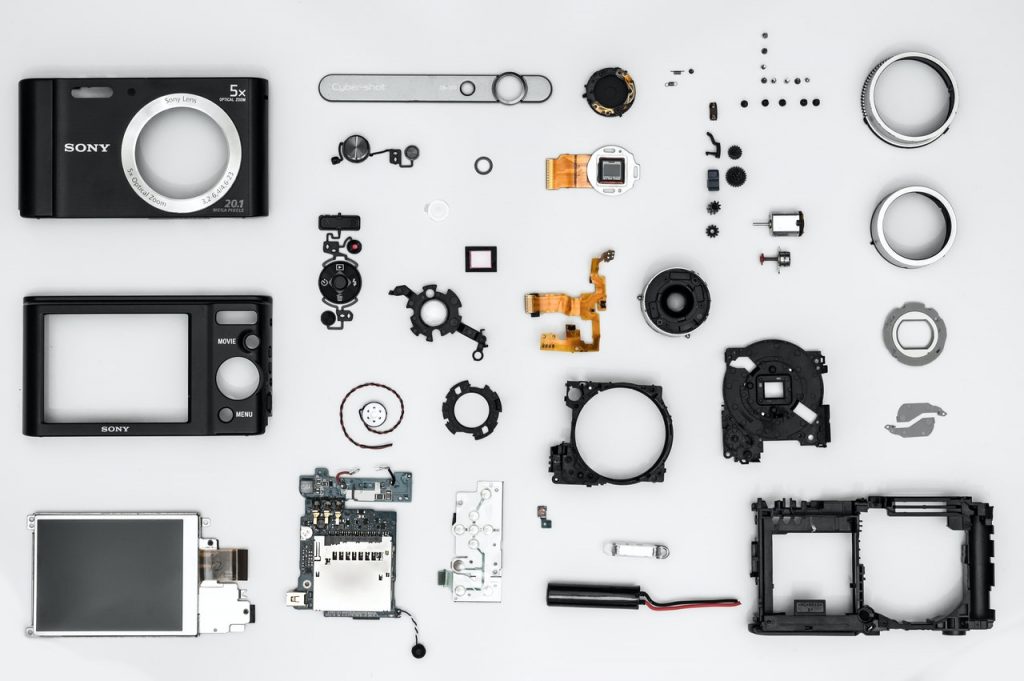ERP Software for Manufacturing: Streamlining Operations and Increasing Profitability
Discover how ERP software for manufacturing can streamline your operations, boost productivity, and ultimately skyrocket your profitability.


Discover the benefits of AccelGrid

Convert more leads into revenue

Manage orders at scale

Streamline billing and get paid on time

Rock-solid inventory control

Optimize your supply chain

Switch to lean manufacturing

Sell anywhere, anytime with mobile POS

Simplify accounting and grow your business

Sell more with integrated eCommerce

AI-powered demand forecasting
Convert more leads into revenue
Manage orders at scale
Rock-solid inventory control
Streamline billing and get paid on time
Optimize your supply chain
Achieve lean manufacturing
Sell more with integrated eCommerce
Sell anywhere, anytime with mobile POS
AI-powered demand forecasting
Simplify accounting and grow your business

Bill of materials, or BoM, is a critical aspect of the product development process. The BOM impacts almost everything from purchasing raw material to the assembly of the product on the shop floor. BoM management is an integral part of MRP systems and is used to manage product revisions and ensure that the production team has access to accurate information at all times. The accuracy of information helps companies make better decisions about manufacturing products efficiently and cost-effectively.
The bill of materials is the most critical deliverable that an engineering team hands off to a manufacturing team. The BOM lists components and quantities needed to create a finished product at its most superficial conceptual level. In addition to defining the necessary parts, the BOM is also a tool that helps manufacturers with costing and assembly instructions.
As opposed to spreadsheets, Bill of Materials software significantly improves the transparency and traceability of information. It ensures that internal teams access the latest product revision and helps companies accurately estimate costs and manufacturing lead times.
A BOM management tool can help consolidate input from engineering and manufacturing teams and ensure both teams are on the same page. Another significant advantage of BoM software is that it streamlines version control and makes it easier for the engineering team to maintain multiple BoMs for product variations. Because some organizations continue to rely on spreadsheets to manage BoM, they often lack visibility into accurate product costing and face operational issues due to poor BoM management. A spreadsheet may be a good solution for design teams to draft a BoM for a brand new product. However, a spreadsheet is not the ideal tool to manage a BoM in the long run.
To ensure that a BOM management tool will help you efficiently manage product data and streamline the product development process, we strongly recommend selecting a BOM management tool with the following key features.
The BOM management tool must empower the BOM as a data framework to serve as the single source of truth for the entire organization. The system must also enable the engineering team to maintain BoM versions effortlessly, track revision history, and notify relevant members about updates.
The tool must act as a collaborative workspace so that the engineering team can work with BoMs in a structured manner to increase visibility and enable smoother operation throughout the design chain.
The BoM management tool should allow for deep integration with your supply chain so that manufacturing and procurement teams can access vendor information, lead time, and alternative components.
The BoM management system must enable you to have quick and easy access to product costing based on the cost price of components and the cost of labor to manufacture the product. If the final product requires sub-assemblies, then the tool must also account for the production costs of its intermediate components.
Lastly, the BoM management tool should support nested-BoM, aka Multi-level BoM. A Nested Bill of Materials is a BoM that lists the components, assemblies, and parts required to make a product in a hierarchical view. A nested BoM is handy for manufacturing and design teams to get a detailed picture of the parts and components that make up the final product.
AccelGrid provides an integrated BOM management tool with MRP capabilities for manufacturers to manage BoM and related product data. AccelGrid makes it easier for your design and manufacturing teams to collaborate on BoM, product data, and much more. For more information on AcceGrid, signup for a free trial or ask for a free demo.
Discover how ERP software for manufacturing can streamline your operations, boost productivity, and ultimately skyrocket your profitability.
From forecasting customer demand to ensuring timely fulfillment, MRP plays a pivotal role in driving supply chain success. Join us as we unveil the importance of MRP in supply chain management.
Gain supply chain intelligence with AccelGrid’s Octopart integration. Discover how you can enhance operations with real-time parts data and availability lookup.